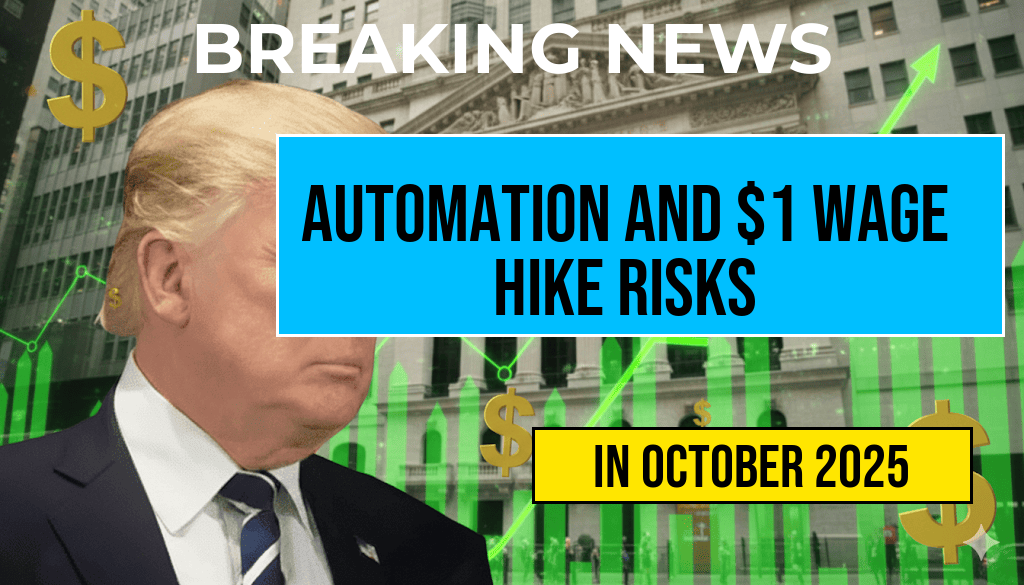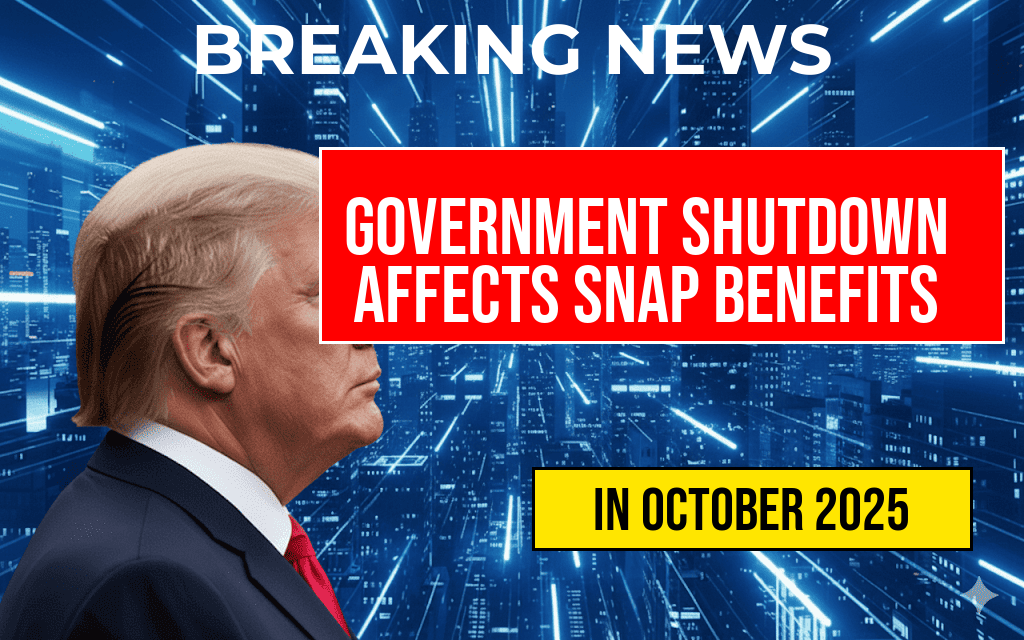As the federal government enters its eighth day of a shutdown, thousands of federal employees face mounting uncertainty over their paychecks. While some government agencies have suspended operations entirely, others continue limited functions, leaving many workers in limbo. The core question remains: Will federal employees receive full pay or face delays and potential financial hardship? With negotiations stalled on Capitol Hill and no clear resolution in sight, federal workers nationwide are anxiously awaiting clarity. The shutdown, now the longest of its kind in recent history, highlights the fragile nature of funding agreements and the profound impact on public servants who uphold the operations of government services. This ongoing impasse raises concerns not only about immediate financial stability but also about the broader implications for federal agencies, contractors, and the millions of Americans relying on government programs.
Understanding the Scope of the Shutdown
The shutdown began when lawmakers failed to pass legislation to fund the federal government beyond a specified deadline. As a result, approximately 800,000 federal employees have been furloughed or required to work without pay, depending on their roles. Essential services such as national security, air traffic control, and emergency response continue, but many administrative offices, research institutions, and public-facing agencies have ceased operations.
Impact on Federal Employees
Federal employees fall into two categories during a shutdown:
- Furloughed workers: Those deemed non-essential are sent home without pay, with pay postponed until funding is restored.
- Essential workers: Those critical to national security or public safety are required to work but may not receive paychecks until the shutdown ends.
For many, the uncertainty regarding compensation has created significant financial stress. While the federal government has historically provided back pay after shutdowns end, this process can take weeks or months, compounding hardship for employees living paycheck to paycheck.
Legal and Policy Framework Surrounding Federal Pay During Shutdowns
Legal Precedents and Recent Legislation
Historically, Congress has authorized back pay for federal employees affected by shutdowns, but this practice is not automatic. The federal employee pay law stipulates that employees must work during a shutdown to earn wages, and Congress must pass specific legislation to compensate furloughed workers post-event.
In past shutdowns, including those in 2013 and 2018–2019, federal workers received their paychecks after funding was restored. However, delays and cash flow issues sometimes caused temporary financial hardship. This time, some lawmakers have proposed legislation to expedite back pay, but no definitive measure has been enacted as of now.
Government’s Position and Recent Statements
Officials from the Office of Management and Budget (OMB) emphasize that federal employees working during the shutdown will receive their pay once funding is restored, but those furloughed face uncertainty. President Biden and congressional leaders have repeatedly urged negotiations to reopen government funding, but political stalemates persist.
Financial Relief Measures and Support Options
Available Resources for Affected Employees
Federal workers facing financial strain can access several support mechanisms:
- Emergency loans and advances: Some agencies offer short-term financial assistance.
- Charitable funds: Organizations like the Federal Employee Education & Assistance Fund provide grants and interest-free loans.
- State and local assistance programs: Additional aid may be available depending on individual circumstances.
Advice for Employees
Experts recommend that federal workers communicate proactively with their financial institutions, prioritize essential expenses, and explore available assistance programs. Maintaining a record of work hours and communications with supervisors can also help in ensuring timely back pay once the shutdown concludes.
Broader Implications and Outlook
| Factor | Details |
|---|---|
| Days elapsed | 8 days |
| Number of affected employees | Approximately 800,000 |
| Agency operations impacted | Majority of non-essential functions suspended |
| Back pay status | Pending legislation; delays possible |
As negotiations continue, the primary concern remains the economic stability of federal workers. Analysts warn that prolonged shutdowns can erode morale, disrupt government functions, and have ripple effects across the economy. The federal government’s ability to provide rapid back pay depends heavily on congressional action, which remains uncertain amid ongoing partisan disagreements.
For now, federal employees and their families are navigating a tense period, hoping for swift resolution. The situation underscores the importance of political consensus on government funding and the need for contingency planning to mitigate the hardships caused by such shutdowns in the future.
To stay updated, federal workers and concerned citizens can consult official sources such as the Office of Personnel Management and reputable news outlets covering Capitol Hill negotiations.
Frequently Asked Questions
Question 1
What is the current status of the federal government shutdown on Day 8?
Question 2
Will federal employees receive their full pay during the shutdown?
Question 3
What options do federal employees have if they do not receive their paycheck?
Question 4
How long is the shutdown expected to last, and what are the implications for government operations?
Question 5
Are there any legislative efforts underway to end the shutdown and ensure federal employees are paid?










